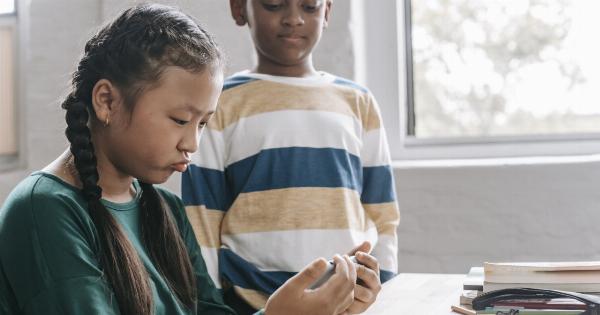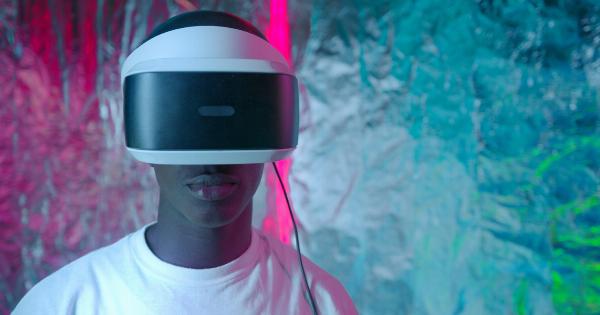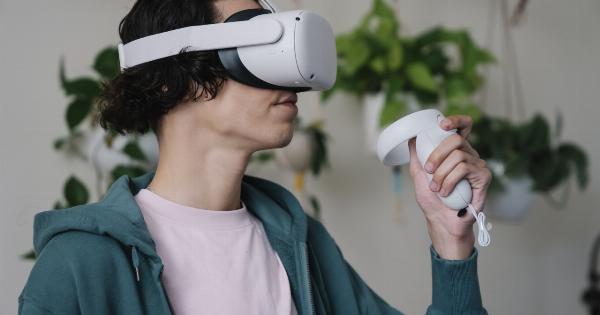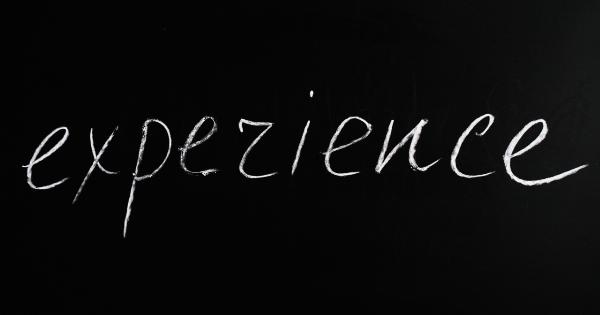Lazy eye, also known as amblyopia, is a condition that affects millions of people around the world. It occurs when one eye is weaker than the other, and the brain starts to rely more on the stronger eye.
If left untreated, lazy eye can lead to permanent vision loss in the weaker eye. However, new breakthroughs in medicine are showing promise in the treatment of lazy eye. In this article, we will explore these breakthroughs and how they may change the way we treat this condition.
Traditional Treatment Options
Traditionally, the first line of treatment for lazy eye was to patch the stronger eye. This forces the brain to rely more on the weaker eye, which can help improve its strength.
However, this treatment can be uncomfortable and inconvenient, especially for children who need to wear the patch for several hours a day. In some cases, it can also lead to psychological problems, as children may feel ostracized or embarrassed by their patch.
Another treatment option is to use eye drops that blur the vision in the stronger eye. This can also help strengthen the weaker eye, but it has many of the same downsides as patching.
New Breakthroughs in Medicine
Recent research has shown that there may be a better way to treat lazy eye. One breakthrough involves the use of a drug called levodopa.
This drug is commonly used to treat Parkinson’s disease, but it has also been found to improve vision in people with lazy eye.
In a recent study, researchers gave levodopa to a group of children with lazy eye. After just two weeks of treatment, the children showed significant improvement in their vision.
What’s more, the improvement lasted for at least three months after they stopped taking the drug.
Another breakthrough involves the use of video games. Researchers have found that playing certain video games can help improve vision in people with lazy eye.
These games are designed to strengthen the weaker eye by making it work harder than the stronger eye.
In one study, researchers had a group of adults with lazy eye play a video game called Dig Rush for two weeks. After the two-week period, the participants showed significant improvement in their vision.
What’s more, the improvement lasted for at least three months after they stopped playing the game.
Combining Traditional and New Treatment Options
While these new breakthroughs are exciting, they do not necessarily mean the end of traditional treatment options. In fact, combining traditional and new treatment options may be the best approach for treating lazy eye.
For example, a recent study found that combining levodopa with patching therapy led to better results than either treatment alone.
The researchers gave levodopa to a group of children with lazy eye and then patched their stronger eye for several hours a day. After just two weeks of treatment, the children showed significant improvement in their vision.
Similarly, combining video game therapy with patching therapy may also lead to better results. Researchers are currently testing this approach and early results look promising.
Conclusion
Lazy eye is a condition that affects millions of people around the world, but new breakthroughs in medicine are providing hope for better treatments.
Levodopa and video game therapy are two exciting new options that have shown promising results in recent studies. However, combining these new treatment options with traditional options like patching therapy may lead to even better results. With continued research and development, we may soon have a more effective way to treat lazy eye.
























